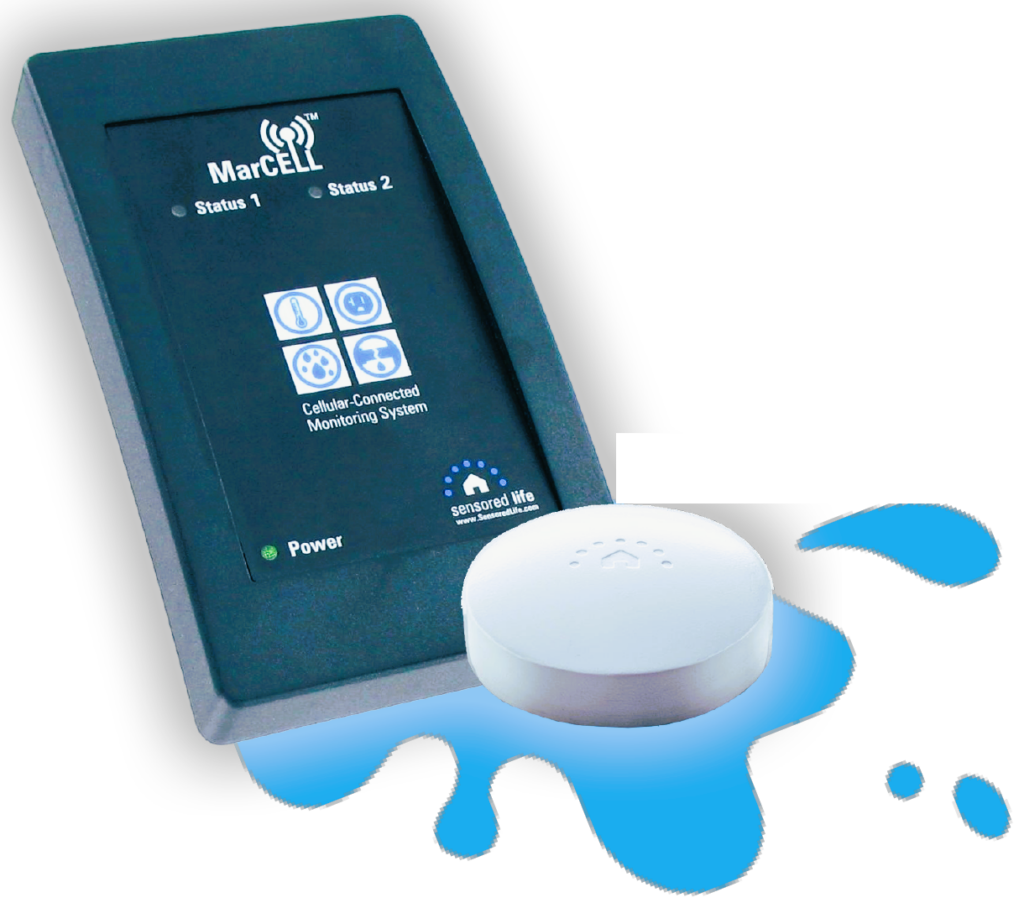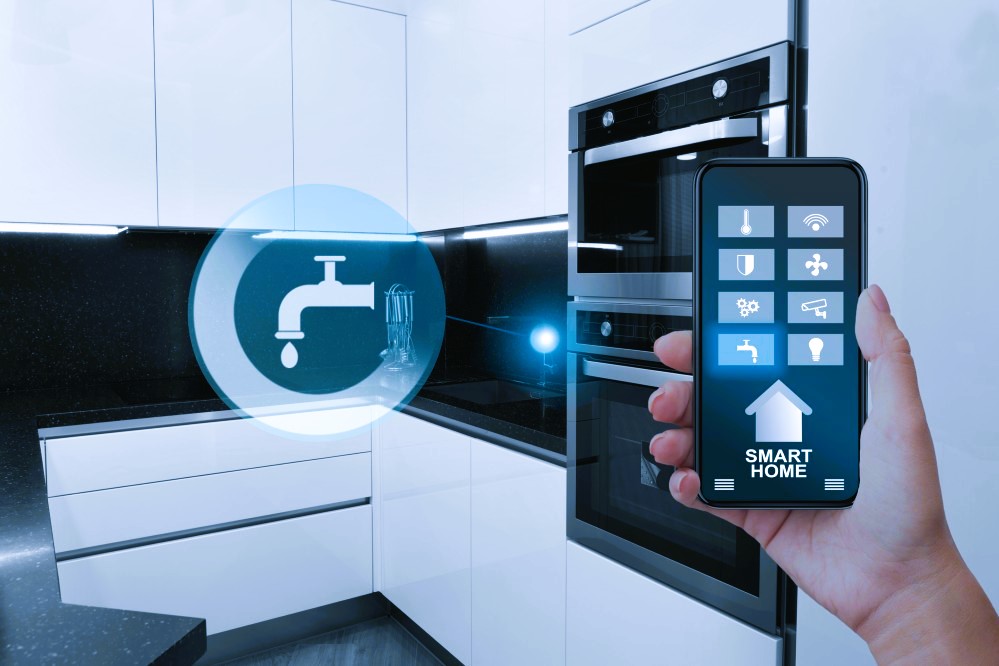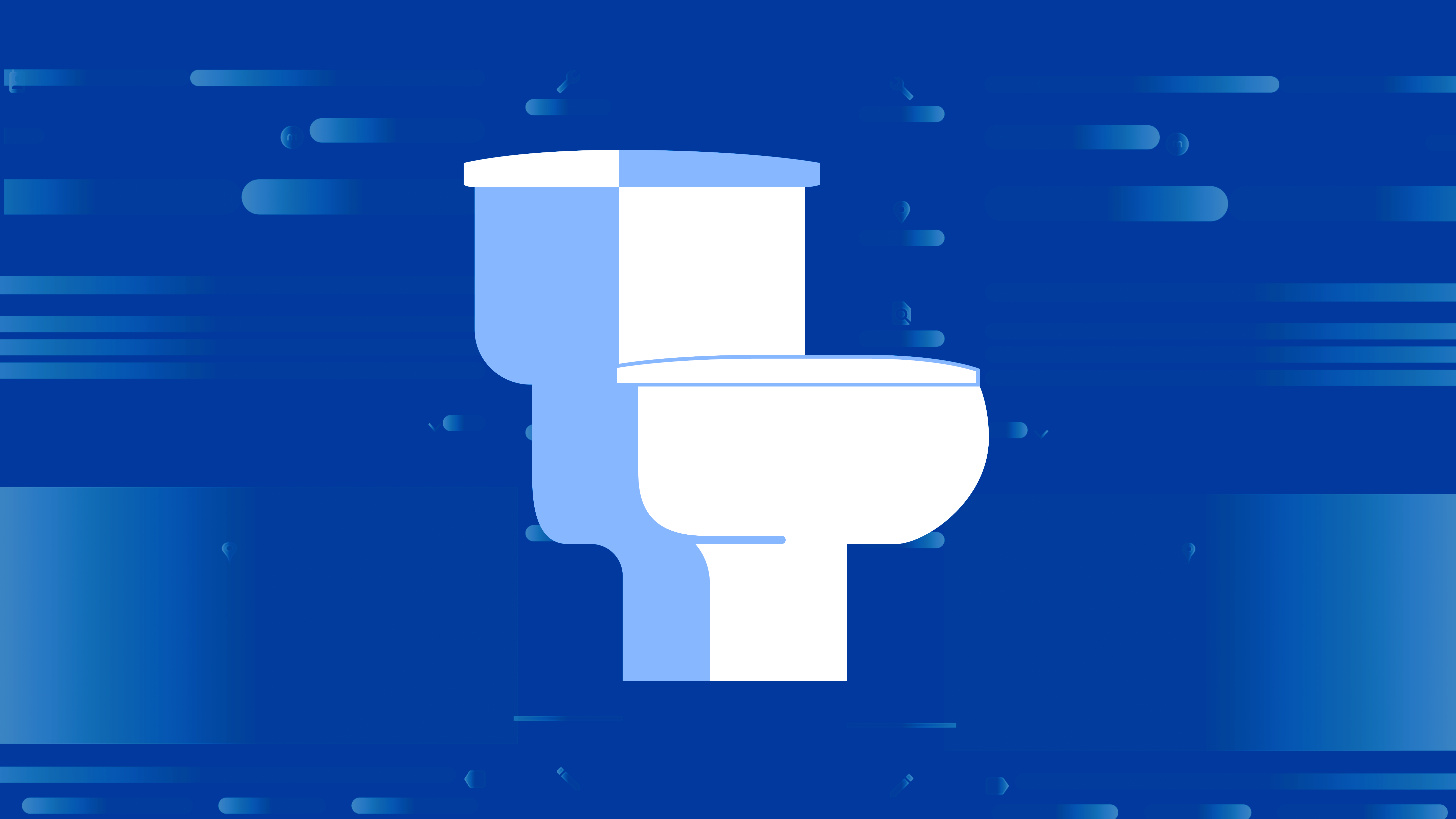Smart Home Plumbing: Integrating Technology for Efficiency
The evolution of smart home technology has extended its reach to various aspects of our daily lives, including plumbing. Smart home plumbing systems leverage innovative technologies to enhance efficiency, conserve resources, and provide homeowners with greater control over their water usage. In this article, we’ll explore the exciting developments in smart home plumbing and how integrating technology can lead to a more efficient and sustainable household.
1. Smart Leak Detection Systems
Water leaks can cause extensive damage and lead to significant water waste. Smart leak detection systems use sensors and advanced algorithms to identify potential leaks in real-time. These systems can be installed at key points in the plumbing network, such as under sinks, near water heaters, and in basements. In the event of a leak, homeowners receive instant notifications on their smartphones, allowing for prompt action and minimizing damage.
2. Connected Water Monitoring Devices

Monitoring water usage is a fundamental aspect of smart home plumbing. Connected water monitoring devices provide real-time insights into water consumption patterns. These devices can track usage by specific fixtures, such as toilets, showers, and faucets, helping homeowners identify areas where water conservation measures can be implemented. Some systems even allow users to set water usage goals and receive alerts when predefined thresholds are exceeded.
3. Smart Faucets and Fixtures
Smart faucets and fixtures are designed to optimize water usage while maintaining user convenience. These fixtures often come equipped with sensors that detect the presence of hands or objects, activating water flow only when needed. Additionally, some smart faucets include features like adjustable flow rates and temperature control, allowing users to customize settings for efficiency and comfort. Do you like the article? Read also about Foundation Insulation.
4. Automated Water Heating Systems
Traditional water heaters operate on fixed schedules, leading to energy waste when hot water is not needed. Smart water heating systems use sensors and learning algorithms to adapt to household patterns. They can learn the times when hot water is typically used and adjust heating cycles accordingly. This not only saves energy but also ensures a consistent and efficient supply of hot water when needed.
5. Water Purification and Filtration Systems
Smart home plumbing extends to water quality management through advanced purification and filtration systems. These systems can monitor water quality in real-time and automatically activate purification processes as needed. Some smart filters can be controlled remotely, allowing users to monitor filter life, receive replacement notifications, and ensure that the water coming from taps meets high-quality standards.
6. Voice-Activated Plumbing Controls
The integration of voice-activated assistants, such as Amazon Alexa or Google Assistant, into smart home plumbing systems adds a new level of convenience. Homeowners can use voice commands to control faucets, adjust water temperatures, or check on the status of plumbing fixtures. This hands-free approach enhances accessibility and allows for quick adjustments without physically interacting with the fixtures.
7. Smart Irrigation Systems for Outdoor Plumbing
Outdoor plumbing, particularly irrigation systems, can also benefit from smart technology. Smart irrigation controllers use weather data, soil moisture levels, and plant water needs to optimize watering schedules. By avoiding unnecessary watering and adjusting to environmental conditions, these systems contribute to water conservation and the health of outdoor landscapes.
8. Mobile Apps for Remote Plumbing Management

Many smart home plumbing systems come with dedicated mobile apps that enable remote monitoring and control. Homeowners can check water usage, receive alerts, and adjust settings from anywhere with an internet connection. This level of accessibility empowers users to actively manage their plumbing systems, even when they are away from home.
9. Predictive Maintenance for Plumbing Appliances
Predictive maintenance is a key feature in smart home plumbing, especially for appliances like water heaters and pumps. By analyzing usage patterns and system performance, smart systems can predict when components are likely to require maintenance or replacement. This proactive approach helps prevent unexpected breakdowns and extends the lifespan of plumbing appliances.
10. Integration with Smart Home Ecosystems
Smart home plumbing systems are designed to integrate seamlessly with broader smart home ecosystems. Integration with platforms like Apple HomeKit, Samsung SmartThings, or other popular smart home ecosystems allows for centralized control and automation. Users can create custom scenarios where plumbing adjustments are synchronized with other smart devices in the home for a cohesive and intelligent living environment.
Conclusion
Smart home plumbing is ushering in a new era of efficiency, sustainability, and convenience. By integrating technology into plumbing systems, homeowners can actively participate in water conservation efforts, reduce energy consumption, and enjoy a more streamlined and responsive living experience. The continuous advancements in smart home plumbing technologies promise even more innovative solutions to address the evolving needs of modern households.
For more information on smart home plumbing technologies and industry standards, visit Wikipedia. Stay informed about the latest developments that are shaping the future of plumbing in smart homes. Whether you’re looking to upgrade your existing plumbing system or incorporate smart features into a new home, exploring these technologies can lead to a more efficient and sustainable living environment.

